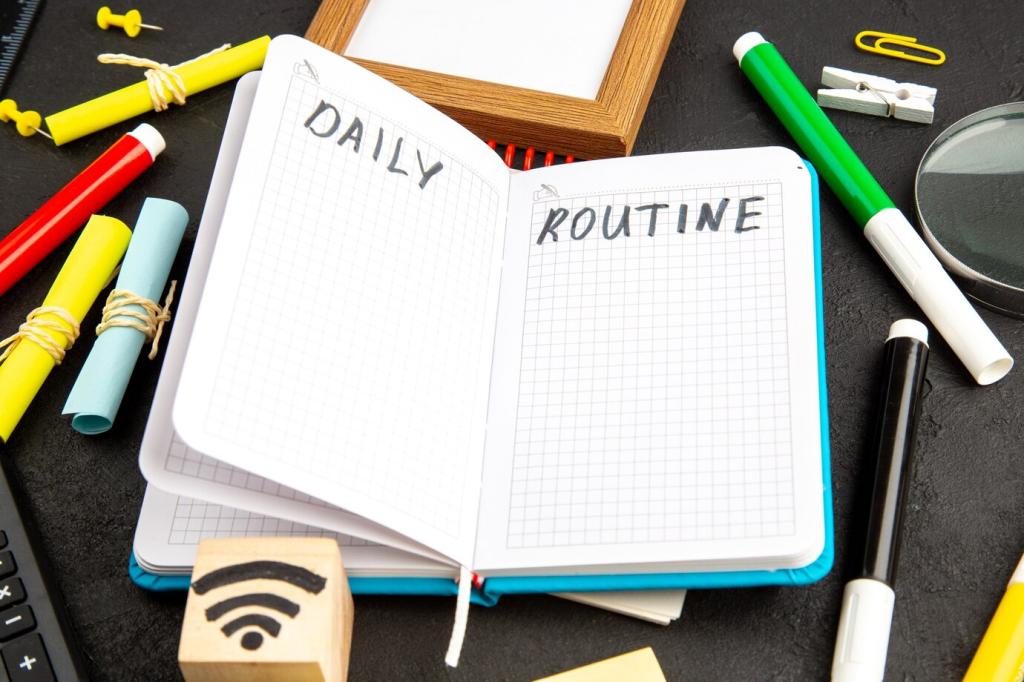Boundaries That Protect Your Headspace
Set expectations that rush work is rare, costly in energy, and potentially lower quality. Offer realistic timelines and explain how respecting process safeguards results. Most clients prefer calm excellence over frantic speed. Comment with a boundary line you’ve used successfully; others will benefit from your script.
Boundaries That Protect Your Headspace
Prepare phrases that acknowledge urgency while holding limits: “I hear the timeline is tight. To protect quality, I can deliver X by Friday or Y by Wednesday—what fits best?” Practicing calm language reduces anxiety in the moment and keeps relationships collaborative rather than combative.
Boundaries That Protect Your Headspace
Protect focus with meeting-free mornings, clear booking links, and autoresponders that state response windows. Polite automation prevents scattered attention and lowers the guilt spiral of delayed replies. Invite clients into your rhythm, and watch last-minute pings transform into predictable, respectful collaboration.
Boundaries That Protect Your Headspace
Lorem ipsum dolor sit amet, consectetur adipiscing elit. Ut elit tellus, luctus nec ullamcorper mattis, pulvinar dapibus leo.







